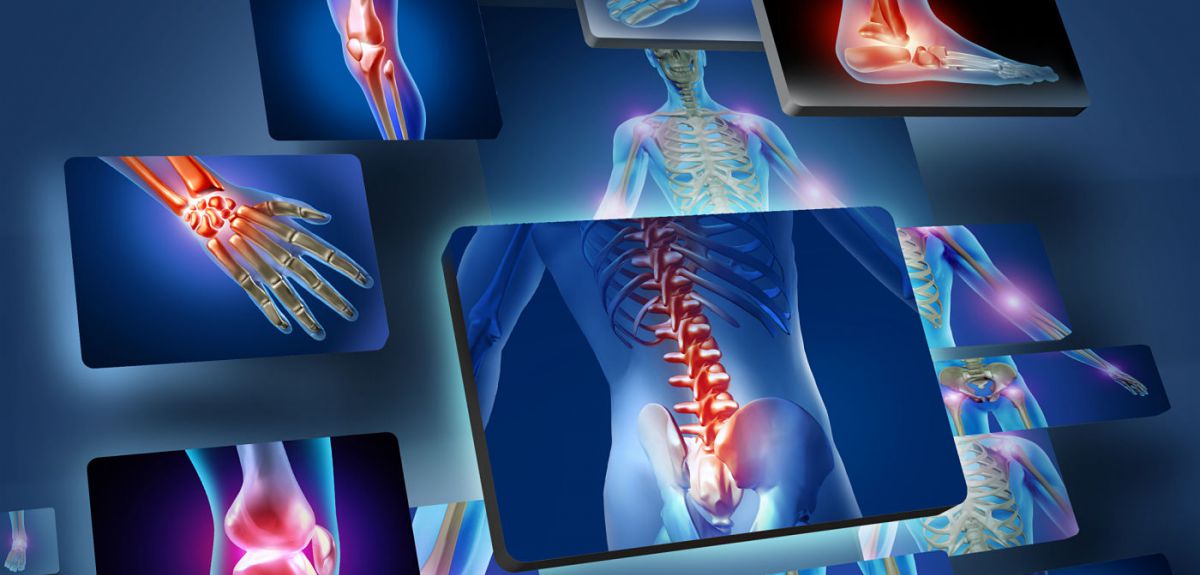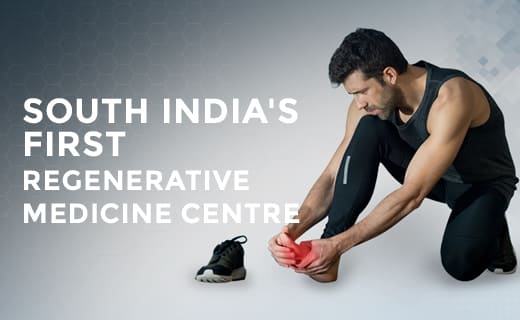What Is Musculoskeletal Pain?
Musculoskeletal pain can affect muscles, bones, tendons, ligaments, or nerves. There could be sharp, throbbing, or subtle pain. You can also experience tenderness and soreness. Musculoskeletal pain may be brought on by trauma or conditions like polymyositis. Acute pain can strike suddenly and is a temporary condition. If discomfort lasts for more than three to six months, it is considered chronic pain.

Types of musculoskeletal pain?
1 . Bone pain
Bone pain can be brought on by musculoskeletal problems or injuries like fractures of the bone. A tumour can also occasionally cause bone pain.
- 2. Joint pain
- 3. Aching muscles
- 4. Pain in tendons and ligaments
Joint pain that is accompanied by stiffness and inflammation. Joint pain gets better with rest and goes worse with activity.
Muscle pain can be brought on by cramps, injuries, and muscle spasms. It can also be caused by some illnesses or malignancies.
Your bones and joints are joined together by tensile tissue bands known as tendons and ligaments. Sprains, strains, and overuse injuries can cause pain in the ligaments or the tendon.
What Causes Musculoskeletal Pain?
Musculoskeletal pain has different causes. The wear and tear of daily activities can harm muscle tissue. Musculoskeletal discomfort can also result from trauma to an area, such as jerking movements, car accidents, falls, cracks, sprains, dislocations, and direct impacts to the muscle. Postural tension, repetitive motions, overuse, and protracted immobilisation are additional causes of pain. Muscle shortening and spinal alignment issues may result in changes in posture or poor body mechanics, which in turn can cause other muscles to be overused and become painful.
Musculoskeletal diseases may cause the following symptoms:
1. Fatigue
Lack of peaceful sleep is a result of discomfort.
2. Occlusion
The affected area may experience swelling, warmth, soreness, or redness.
3. Sounds
The joints sometimes make popping or grinding noises.
4. Pain
Pain can be minor to severe and can be acute (sudden) or chronic (long-lasting), localised or widespread.
5. Decreased range of motion
Moving the body as usual could be challenging, especially moving the limbs or lower back.
6. The stiffness
Muscles and joints will be achy, tight, or aching
How is musculoskeletal pain diagnosed?
A simple X-ray or other sort of scan may occasionally be required to determine the extent of the damage after an injury, although this is rare. Your doctor will inquire about your health history and current symptoms. He or she may also order some tests to determine what activities you are capable of performing and what activities you are unable to perform due to pain.
Musculoskeletal Pain Treatment:
The majority of musculoskeletal pain may be managed with rest and medicines. Sometimes the discomfort is so bad that surgery is required. Surgery does not, however, always produce the desired outcome. Additionally, recovery from procedures takes a very long period. Surgery is no longer necessary thanks to PRP Therapy. It is a straightforward, non-invasive process. The outcomes of this therapy are trustworthy and secure as well. Most notably, PRP therapy has a fairly fast recovery time. It greatly aids in the recovery of joint functions and also lessens stiffness and pain brought on by accidents or musculoskeletal problems.










